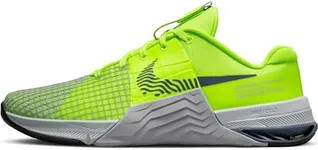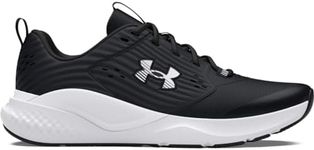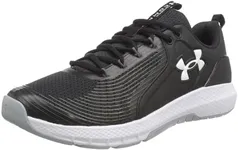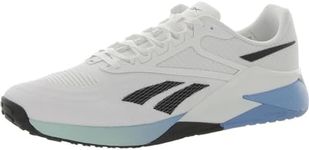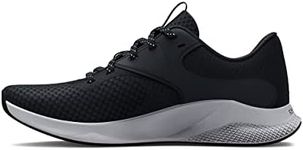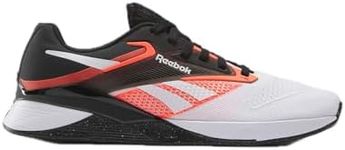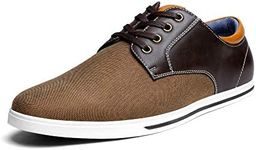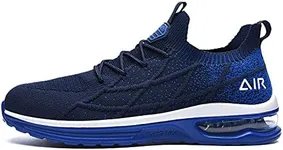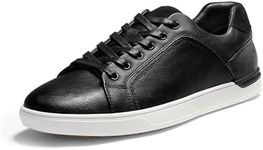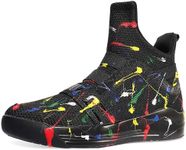Buying Guide for the Best CrossFit Training Shoes
Choosing the right CrossFit training shoes is crucial for maximizing your performance and preventing injuries. CrossFit involves a variety of movements, including lifting, running, jumping, and climbing, so your shoes need to be versatile, durable, and supportive. When selecting CrossFit shoes, consider the following key specifications to ensure you find the best fit for your needs.Fit and ComfortFit and comfort are paramount when choosing CrossFit shoes. A well-fitting shoe will provide the necessary support and prevent blisters or discomfort during intense workouts. Shoes that are too tight can cause pain, while those that are too loose can lead to instability. To find the right fit, try on shoes at the end of the day when your feet are slightly swollen, and ensure there is enough room in the toe box for your toes to move freely. Consider your foot shape and any specific needs, such as arch support, when selecting a shoe.
DurabilityDurability is important because CrossFit workouts can be tough on shoes. Look for shoes made from high-quality materials that can withstand the rigors of various exercises, including rope climbs, box jumps, and weightlifting. Durable shoes will have reinforced areas, especially around the toe and heel, to prevent wear and tear. If you train frequently, investing in a durable pair of shoes will save you money in the long run by reducing the need for frequent replacements.
StabilityStability is crucial for maintaining proper form and preventing injuries during weightlifting and other strength exercises. CrossFit shoes should have a stable base with a firm heel to provide support during heavy lifts. A low heel-to-toe drop (4mm or less) is often preferred for stability, as it keeps your foot closer to the ground and enhances balance. If your workouts involve a lot of lifting, prioritize shoes with excellent stability features.
FlexibilityFlexibility is important for movements that require a full range of motion, such as running, jumping, and agility exercises. CrossFit shoes should have a flexible forefoot to allow for natural foot movement. Look for shoes with a flexible sole and upper material that can bend and move with your foot. If your workouts include a mix of cardio and strength training, a balance of flexibility and stability is essential.
TractionTraction is necessary for maintaining grip and preventing slips during dynamic movements. CrossFit shoes should have a rubber outsole with a good tread pattern to provide traction on various surfaces, including gym floors and outdoor terrain. Shoes with excellent traction will help you perform exercises like box jumps and rope climbs more safely and effectively. Consider the types of surfaces you train on most frequently when evaluating the traction of a shoe.
BreathabilityBreathability is important for keeping your feet cool and dry during intense workouts. Shoes with breathable mesh uppers allow for better airflow, reducing the risk of overheating and sweat buildup. This can help prevent blisters and keep your feet comfortable. If you tend to sweat a lot or train in hot environments, prioritize shoes with good breathability to enhance your overall comfort.
WeightWeight can impact your performance, especially during high-intensity workouts that involve a lot of movement. Lighter shoes can help you move more quickly and efficiently, while heavier shoes may provide more support and stability. Consider the type of workouts you do most often; if you focus on speed and agility, a lighter shoe may be beneficial, whereas if you do a lot of lifting, a slightly heavier shoe with more support might be preferable.

